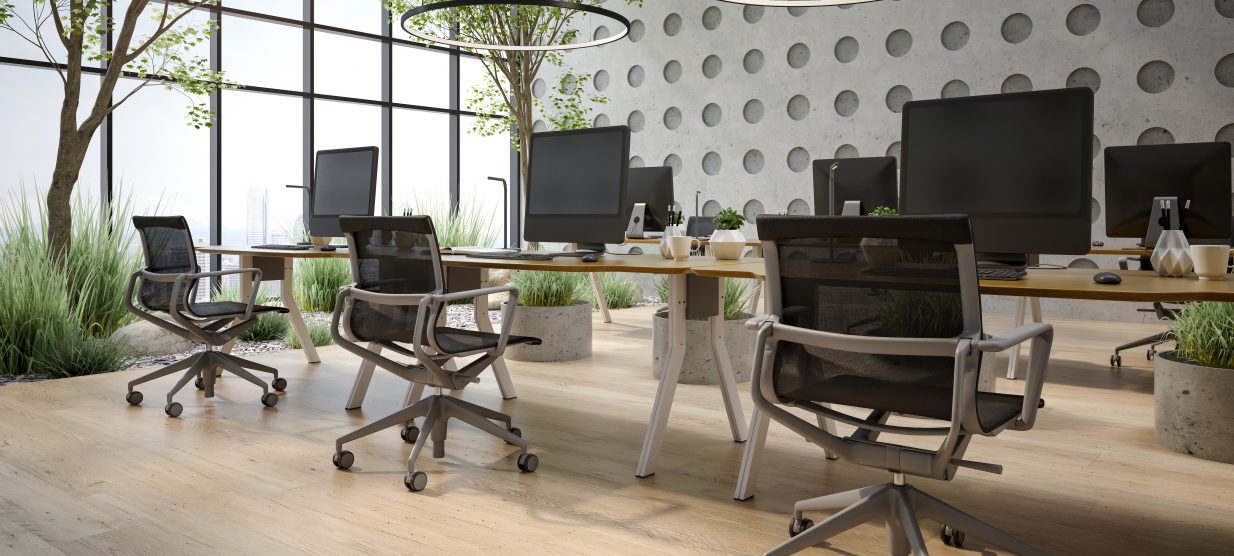The Corporate Shift: How Big Players Are Embracing Flex Office Spaces?
The Corporate Shift: How Big Players Are Embracing Flex Office Spaces?
The big ones are doing it
In the ever-evolving world of work, flexibility is the name of the game.
Large corporations are no exception to this trend. In recent years, we’ve witnessed a remarkable shift in how big businesses approach their office space needs. Flexibility, agility, and cost-effectiveness have become paramount, leading even industry giants to embrace flex office solutions.
Just a year ago, 22% of Fortune 500 companies had members working in flexible and co-working offices.
In this article, we’ll explore some notable examples of large companies turning to flex spaces and why this trend is gaining momentum.
Salesforce has completely redesigned all of their workspaces, including floors, meeting spaces, common areas, lobbies, elevators, etc., to accommodate smaller groups of people.
Fujitsu has focused on transforming offices into more than just places of employment, adopting the idea of a “borderless office” to boost flexibility, productivity, and workplace communication.
WPP uses activity-based working (ABW) environments as a tool to motivate staff to move about an open office layout and engage with various teams and private spaces.
Why are they doing it?
The shift toward flex office spaces among large corporations can be attributed to several key factors:
Cost Savings:
Flex spaces allow businesses to reduce overhead costs associated with traditional office leases. This financial flexibility is particularly attractive, especially during uncertain economic times.
Agility:
Large companies can quickly scale their office space up or down as needed, accommodating changes in their workforce and business requirements without the constraints of long-term leases.
Employee Satisfaction:
Flex spaces often provide modern, amenity-rich environments that enhance the employee experience. Satisfied employees tend to be more productive and engaged.
Strategic Location:
Flex space providers strategically position their locations in major business hubs, enabling corporations to establish a presence in key markets without the need for a permanent office.
To conclude
The adoption of flex office spaces by large corporations underscores the transformative impact of flexible work environments on the modern workplace.
And they wouldn’t be doing it, if it wouldn’t grow their business with ease.

Do not hesitate to contact us
Get in touch, if you have any question


